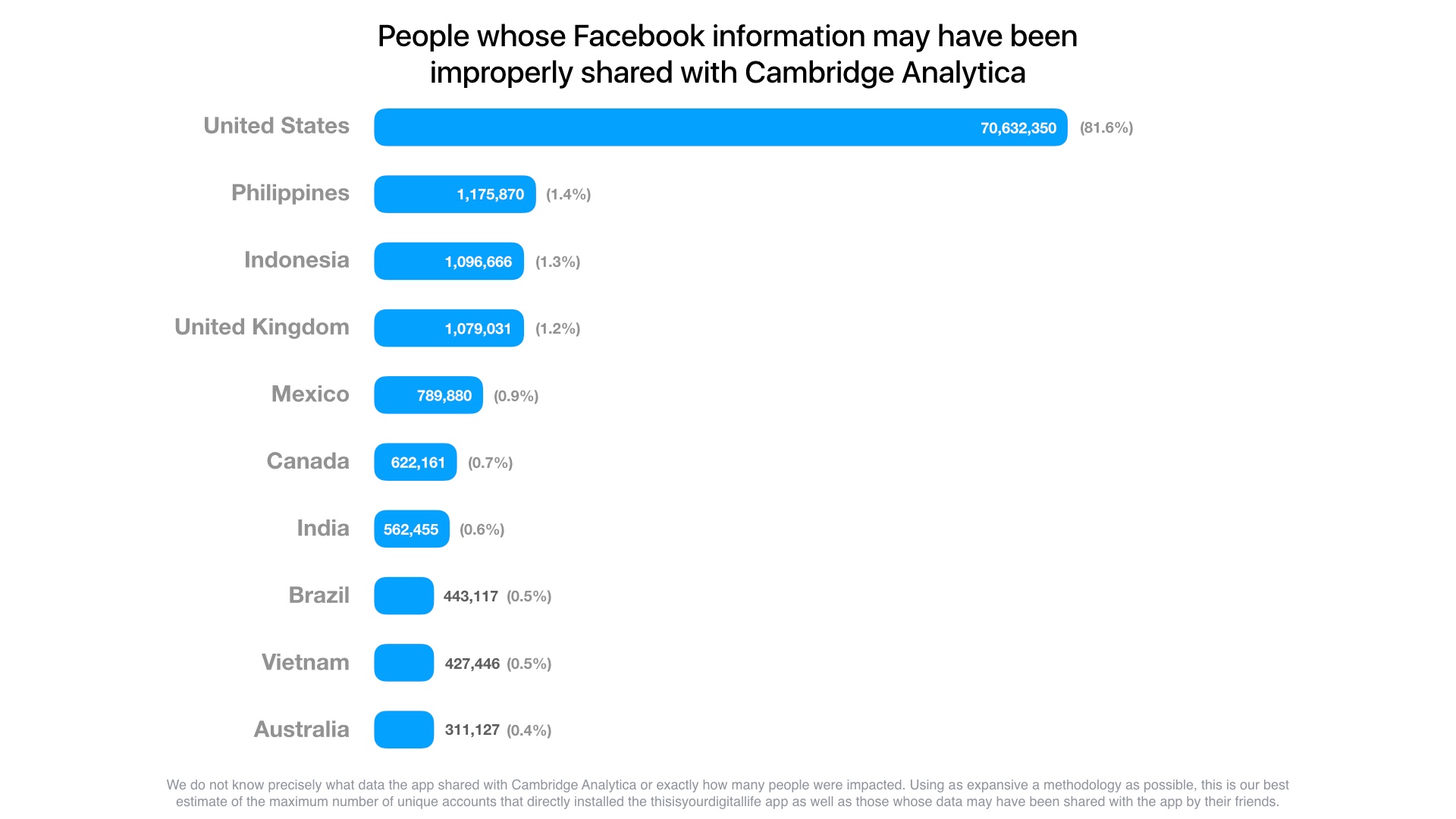AdTech News Digest | Crypto & CFD Ads Updates, Mobile Research, and Native Ad Trends

Check out this week’s news digest for a complete breakdown of the most relevant headlines in the industry. Here’s our previous digest.
#1 MailChimp and SnapChat Ban Cryptocurrency Ads
Following a flurry of negative press, cryptocurrencies have suffered yet another blow. Social media giant SnapChat and email distribution company MailChimp have become the last two companies to block certain types of cryptocurrency-related ads.
While many companies like Facebook have blocked pretty much all types of cryptocurrency ads, SnapChat is taking a lighter approach to the situation. Initial coin offerings, also known as ICOs, are the preferred method for raising money for a crypto venture. Google, Twitter, and Yandex to Ban Crypto Ads. What’s left for Forex brokers?
However, many ICOs are associated with scams and fraud schemes. According to reports by Cheddar, this has pushed SnapChat to ban ICO offerings in the ads, in order to protect their users from fraudsters.
At the same time, MailChimp has recently announced that the company will ban cryptocurrency and ICO ads starting next month. One of the most popular email distribution platforms in the world, MailChimp has vowed to protect the businesses that use it to distribute millions of emails each month. The company’s ban on crypto and ICO ads will take effect starting April 30th.
#2 Cambridge Analytica Backlash – Facebook to Halt Third-Party Data Usage for Targeting Ads
Commerzbank and Mozilla became the first two companies to bring their Facebook advertising efforts to a complete stop. This has come as a result of the social media platform’s data mining scandal, which also involved British intelligence company Cambridge Analytica.
The controversy ultimately led to the scrutinization of Facebook’s privacy protocols. These allowed Cambridge Analytica to collect information and use it to target voters for Donald Trump’s presidential campaign, potentially shifting the outcome of the election.
Both Mozilla and Commerzbank have stopped their spending on Facebook ads, promising to consider a return once the social media colossus improves the default privacy settings and increases users’ protection.

Chart by ExtremeTech
At the same time, the Incorporated Society of British Advertisers (ISBA) has publicly blasted Mark Zuckerberg’s company, urgently requesting for full transparency of their data sharing safety measures that are currently put in place.
In an attempt to clamp down on potentially unsafe ad practices, Facebook has announced that it will disable a type of ad targeting called Partner Categories. This features had allowed prominent third-parties to access data such as purchasing activity to improve ads targeting efficiency.
Still unclear about privacy practices and how it affects consumers? Check out this infographic for a comprehensive breakdown.
#3 ESMA Agrees on Measures to Prohibit Binary Options and Restrict CFDs

Image by ESMA
With up to 89% of retail investors losing money on these ventures, it’s no surprise that the European Securities and Markets Authority (ESMA) has agreed on measures to limit binary options and contracts for differences (CFDs).
Under ESMA’s new agreement, the marketing, sales, and distributions for binary options to retail investors are prohibited. This comes from the fact that binary options have an embedded conflict of interest between clients and providers, as well as a schematic flaw that expects negative returns.
CFDs will see a limitation in their marketing, distribution, and sales to retail investors. This limitation will consist of:
- A brand-specific risk warning delivered in a standardized manner for all accounts
- Leverage limits on opening positions
- A negative balance protection for each individual account
- A margin close out protocol on per account basis
- Preventing the use of incentives by any CFD provider
While they are not yet in effect, ESMA expects to adopt these measures in the following weeks.
#4 Native Ads Spending Report – Stats and Trends
The second edition of the native advertising study was released. The research shows ad spend by vertical, putting the travel industry as the second-most prominent when it comes to native ads expenditures.
Native ads are experiencing somewhat of a renaissance. This is largely due to the development of efficient ad blockers and the continued efforts by major browsers to eradicate other types of advertising.
While automotive was the leading vertical in the native ad spend, the most notable improvement when compared to benchmark study is the travel industry. With airlines experiencing a 519% boost and hotels growing by more than 200% in the native ads space, the travel industry is expected to remain as a major player for the foreseeable future.
#5 Sports Fans Are Turning to Online Streaming Platforms to Watch Their Favorite Sports
The last Winter Olympics showed a significant shift in the way consumers are watching sports. Data collected by GlobalWebIndex revealed that one-third of all viewers watched Winter Olympics-related content online.
Of the users who participated in the study, 89% said they used YouTube to watch Winter Olympics content, while 83% said they use Facebook to get their adrenaline fix.
This provides a great opportunity for online advertisers to build a connection with consumers as 28% of the surveyed fans admitted to browsing for products online while watching sports events at the same time. Why it’s time for publishers to start preparing for sporting events.
#6 Mobile Optimization and Location Targeting Can Boost Ads Performance
Mobile ads and targeting options have completely changed the face of online marketing. Despite the fact that most online marketing forms that relate to these concepts focus on conversions, others choose to cater to the user experience element.
A recent study by IAB UK found that consumers are not annoyed by mobile ads, as long as they are optimized for their device. The biggest problem that users face with annoying ads is interruptions. As long as it doesn’t make their task more difficult, consumers are completely fine with having ads on mobile sites and apps. And, the best way to do this is to optimize all ads specifically for mobile devices.
Respondents said that they would be more likely to engage with ads that make use of mobile-related formats and data. 20% would like ads that play with their phone’s tilt, tap and zoom mechanics, 19% would like ads that are like games or encourage the user to navigate through them, and 21% would like ads that ask them a question (MarketingTechNews).
A separate study also showed that location-based ads can double user engagement when compared to their generic counterparts. About one-third of all surveyed people admitted they would interact with ads that were related to a place they plan to visit in the future, cementing the idea that users love customized content.
#7 April Fools’ Day 2018 – Which Brands Had the Best Laughs?

April Fools’ Day is always a great chance for companies to build rapport with their consumers. Others simply aim to give everyone a laugh, especially at the expense of one of their products. Below, we’ve put together a list of five awesome April Fools’ Day campaigns, in no particular order:
- The White House – Donald Trump Loves Britain Campaign
- Heinz – Chocolate-Flavored Mayo
- GiffGaff – Datr: A Dating Platform for People Who Love Their Phones
- Hyundai – Cacao Corner Testing Grounds
- Jameson – Space Aged Whiskey
Stay Up to Date with Industry News
Want to learn more? Stay tuned for our next news digest release and keep up with the latest trends and reports that influence the world of online advertising.
